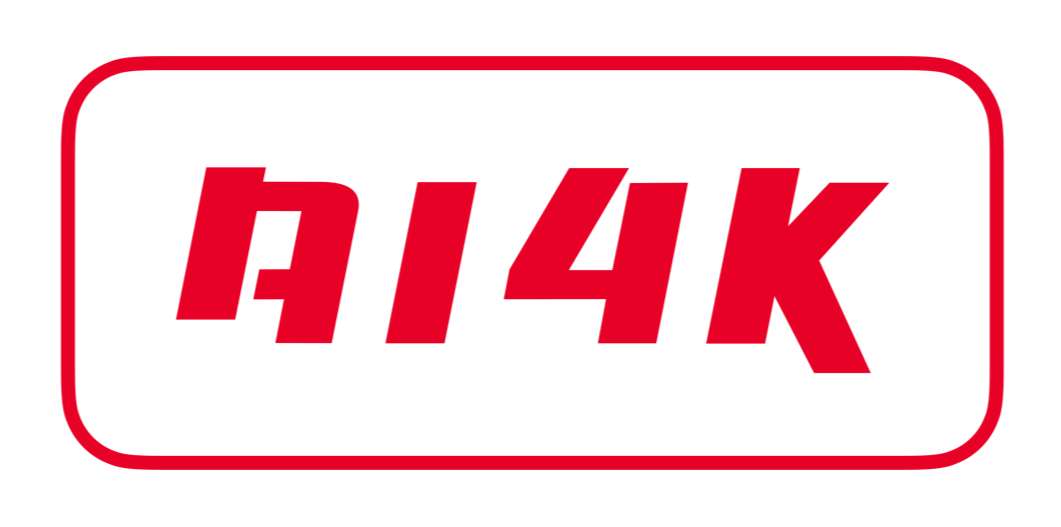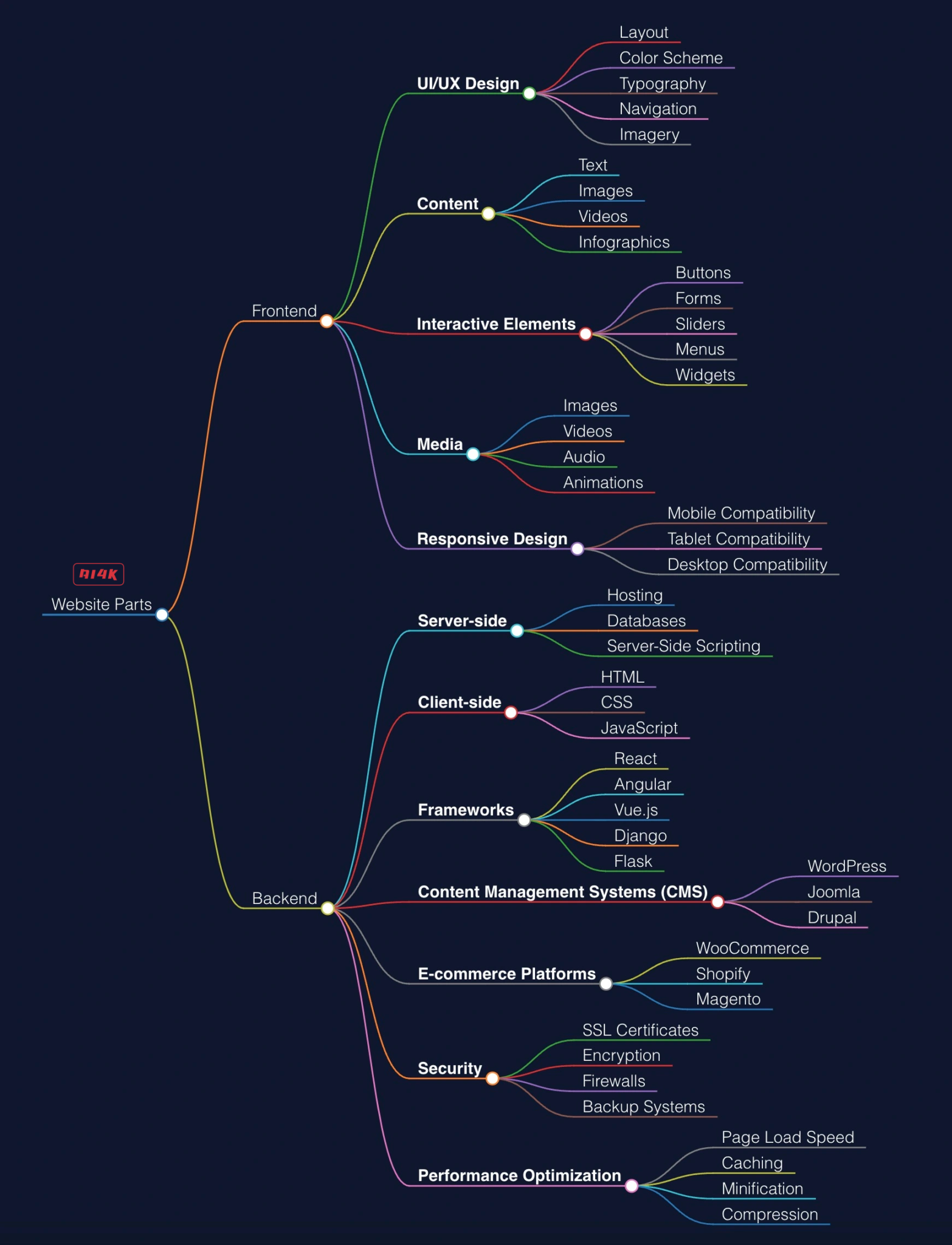How to pick a website designer in Oslo
Search a web designer online
Let’s say that you use Google to do a search. These are common words that people use to find a Website Designer in Oslo:
- Web design in Oslo
- Web design agency in Oslo
- Website design around me
- Webdesign Oslo
- Web designers around Oslo
Those search terms are very popular and website design companies usually buy ads from Google to appear in the first place. You can easily spot those because Google must add the AD label on top of the website link. In that way, you have the first 4 links and the last 4 links. Then depending on the term, you may have the Google Maps insert with other links.
The remaining positions in the index are divided between the websites that position better via white SEO and black SEO, and depending on it, the position will be less or more volatile. There are other positions where the domain name is exactly the search term, which also helps.
However, those remaining positions, or those with the ads, don’t necessarily shows the websites of the best web designers, but those indexed via SEO o paid ads.
What to consider when choosing the best web designer
Website and Portfolio: Review the website designer’s or the portfolio to assess their style, quality of work, and projects. Look for designs that resonate with your vision and goals for your website. Website Performance is very important today, so be sure you check the designer’s website for loading speed.
Experience and Expertise: Choose a designer with experience in creating websites for businesses similar to yours. They should be proficient in relevant technologies, such as responsive design, SEO, and e-commerce integration.
Client Reviews and Testimonials: Check reviews and testimonials from past clients to gauge satisfaction levels and the designer’s ability to meet deadlines and deliver on promises.
Communication Skills: Effective communication is crucial for a successful website project. Ensure the designer is responsive, clear in their communication, and able to understand and incorporate your feedback.
Services Offered: Consider the range of services offered by the designer, such as web design, development, SEO, and ongoing support. Choose a designer who can provide comprehensive solutions tailored to your needs.
Cost and Value: While cost is a factor, prioritize value over price alone. Evaluate what you’re getting for your investment, including the quality of design, functionality, and potential for ROI. Double check this for one year, two years and so on as cheap options are more expensive in the long run.
Compatibility: Choose a designer with whom you feel comfortable working. They should be trustworthy, experienced, collaborative, adaptable, and committed to bringing your vision to life. Does the designer offer guarantees, or phase opt outs?
Timelines and Deadlines: Discuss timelines and deadlines upfront to ensure alignment with your project goals and expectations. A reliable designer should be able to provide a clear timeline for deliverables.
Technology and Tools: Inquire about the technologies and tools the designer uses. Ensure they are up-to-date with industry standards and can leverage tools like Elementor Pro effectively, including Artificial Intelligence tools.
Support and Maintenance: Determine what post-launch support and maintenance services the designer offers. It’s essential to have ongoing support for updates, troubleshooting, and scaling as your business grows.
What does mean Performance?
Performance means how fast a website is ready for visualization and use. It depends on some variables like software installed, the main technology used, and hosting. Some of those variables are out of the control of the web designer, but it should be a number between 90-100 (desktop) in the PageSpeed Insights or using the Lighthouse Google Chrome extension. By the way, these tests were done using desktop view because the mobile view is a very tight test for the current European conditions (high performance mobile devices).
Why Accessibility is important?
More and more people are using the internet every day, and more Accessibility features are added to newer smartphones, tablets, and computers.
On the other hand, competence between websites pointing to the same target is getting higher, and Accessibility is gaining importance in some countries as Privacy: in some cases, it is mandatory the compliance with Accessibility rules.
The Accessibility capacity of a website is totally controlled by the web designer, values very close to 100 are highly recommended when you decide to pick a website designer.
What are Best Practices in web design?
This is related to the whole set of rules of the website’s underlying technology, which should be compliant with the newest standards of web development. This is 100% controlled by the web designer, and you shouldn’t expect less than that. When you see values under 100 in Lighthouse in Best Practices means the website uses old or deprecated technologies, most of the time found in cheap web themes for example, that will cause errors and low overall performance in search engines and user experience.
SEO (Search Engine Optimization)
Although is quite obvious why the SEO should be 100, it is incredible that some web design agency websites fail on this parameter, and as consequence, they probably are not able to design websites for customers with SEO value of 100 either.
Transparency is being Ethical: technology exposes the distance between people, that’s why some people use it and others create it. In the case of these parameters that measure the quality of a web design, being transparent is crucial if the web designer really wants to avoid additional “maintenance” payments to the customer.
Examples of Lighthouse tests
Google’s Lighthouse Chrome extension measures how well a web page is built against current standards and technologies. Of course, you can have a plain text page with high values in Lighthouse, but that’s easy to notice.
If you have a finished web page, which looks good visually but with a low score, there is less chance of ranking in the search engine index.
How do websites with low scores rank? will wonder. Most of it is due to an aggressive backlinking strategy (black SEO). However, that is a topic for another post. Keep reading.
The following are examples of Lighthouse parameter values of the remaining positions on the search “web design in oslo“:






